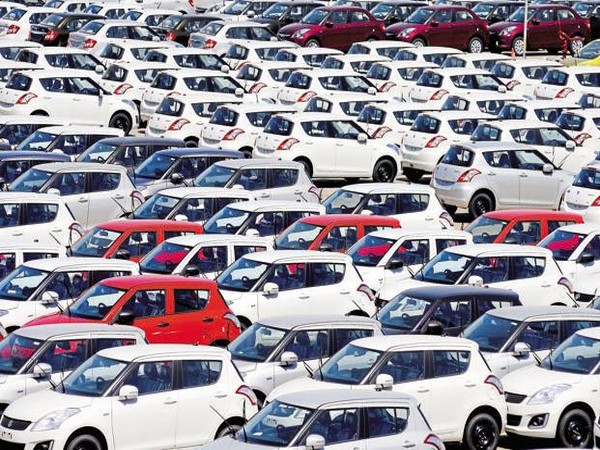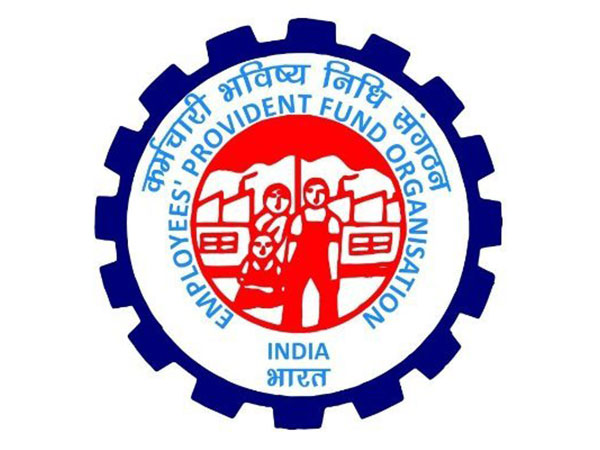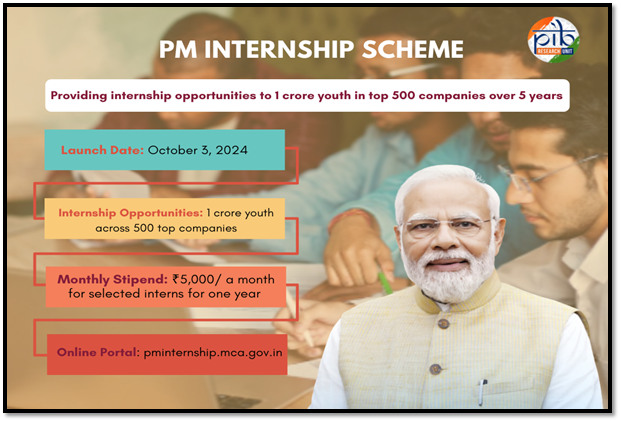Passenger vehicle sales in India reached an all-time high of 4.3 million units in the financial year 2024-25, according to data released by the Society of Indian Automobile Manufacturers (SIAM).
This marks a 2% increase compared to the previous year, with Utility Vehicles (UVs) remaining the key growth driver in the passenger vehicle segment. Their share in overall sales rose to 65% in FY 2024-25, up from around 60% in the previous year.
The report also noted that new model launches with modern designs and advanced features attracted more buyers. Additionally, attractive discounts and promotional offers helped maintain demand.
According to the data, passenger vehicles also saw their highest-ever exports during the year, reaching 770,000 units. This represents a 14.6% increase compared to FY 2023-24. The rise in exports was driven by demand for global models manufactured in India, especially in Latin American and African markets. Some automakers even began exporting to developed countries.
Overall, the Indian automobile industry grew by 7.3% in domestic sales and saw a strong 19.2% increase in exports. SIAM attributed this performance to strong customer demand, government support, infrastructure investments, and a growing focus on sustainable mobility. Positive economic policies and strong market sentiment also contributed to sustaining the growth.
Two-wheeler sales experienced a solid recovery, with 19.6 million units sold in FY 2024-25, reflecting a growth of 9.1%. Improved rural demand and rising consumer confidence played a key role in this growth. The scooter segment led the way, supported by better connectivity in rural and semi-urban areas and the launch of new models with improved features.
Electric vehicles (EVs) also gained ground, with their share in total two-wheeler sales crossing 6% during the year. Two-wheeler exports grew strongly by 21.4%, reaching 4.2 million units. This growth was fueled by new product launches and increased demand in Africa and Latin America.
Looking ahead, SIAM expects the auto sector to continue its growth in FY 2025-26. Stable economic conditions, proactive government policies, and infrastructure spending are likely to support this growth. A normal monsoon, as forecasted, is also expected to boost demand, particularly in rural and semi-urban areas.
(ANI)




















